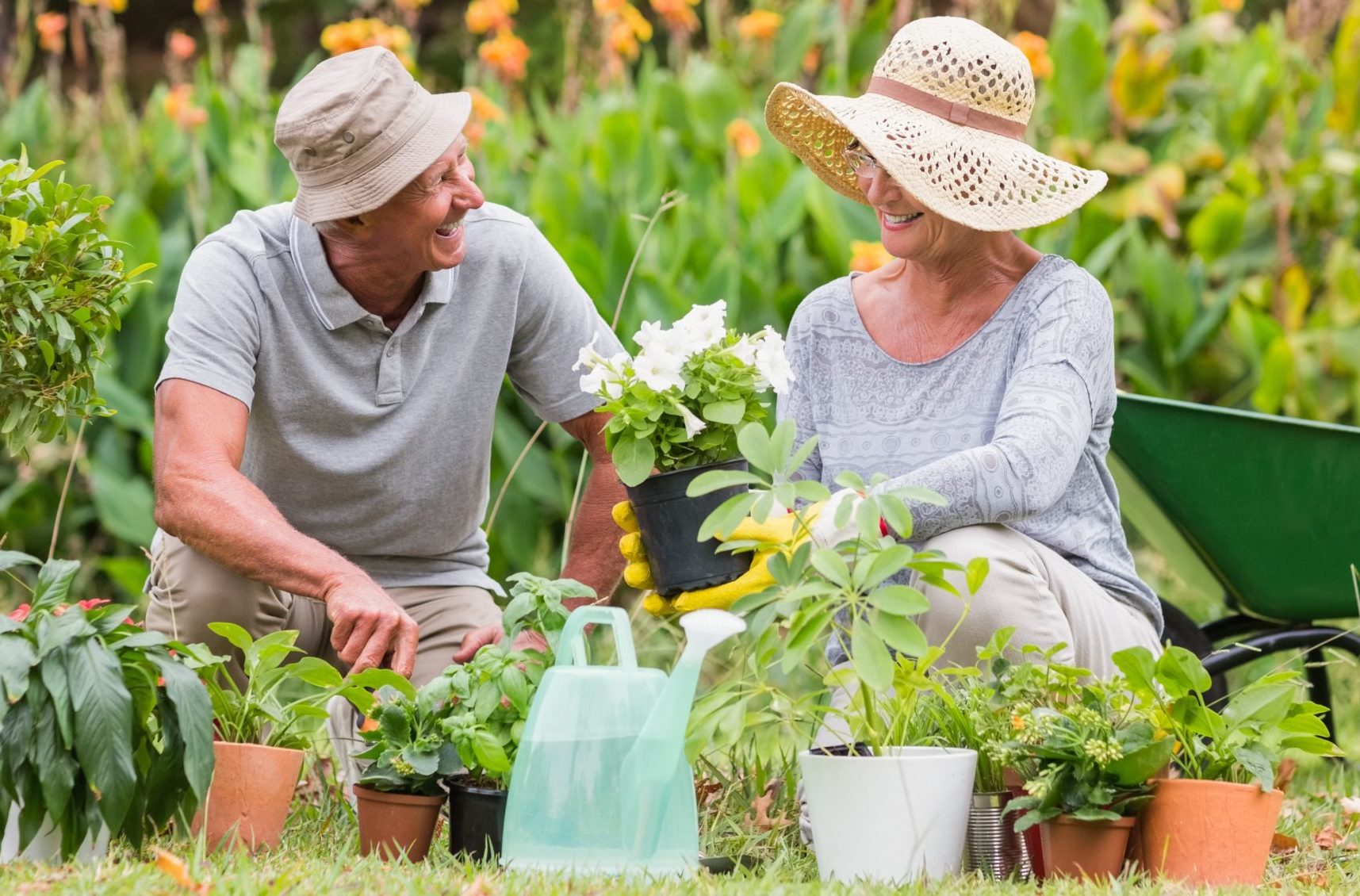Unlock the Keys of Effective Gardening for Beginners with These Necessary Advice
Wiki Article
The Ultimate Overview to Gardening for Beginners: Step-by-Step Tips and Techniques for Expanding a Flourishing Garden
Are you all set to study the world of horticulture? Look no even more than "The Ultimate Guide to Horticulture for Beginners." This detailed guide will walk you with whatever you require to know to expand a thriving garden. From comprehending your yard room to selecting the right plants and preparing the dirt, we have actually obtained you covered. Prepare yourself to release your environment-friendly thumb and create a gorgeous, flourishing garden.Understanding Your Yard Room
Understanding your garden space is vital for producing a growing yard. This will certainly assist you identify which plants will certainly prosper in each area. gardening tips for beginners.Following, assess the dirt in your yard. Comprehending your soil kind will assist you in selecting the right plants and applying proper soil changes. This information will certainly help you make informed choices about watering and plant placement.
These are little locations that may differ in temperature or dampness degrees compared to the rest of your garden. Use these variants to your benefit by planting heat-loving or moisture-loving plants in these locations.
Picking the Right Plants

Following, consider your gardening goals and choices. Are you wanting to grow vegetables, blossoms, or a mix of both? Do you favor low-maintenance plants or are you ready to put in added initiative for high-yield crops? Think regarding the amount of time, energy, and sources you agree to purchase your yard.
Furthermore, think about the area readily available in your yard. Take measurements and plan the design of your plants. Think about the mature size of each plant and see to it they have enough space to grow without congestion each other.
Lastly, think of the functionality of your plant selections. gardening tips for beginners. Will you be able to offer the necessary care and maintenance for your picked plants? Consider elements such as watering, feeding, pest control, and trimming
Preparing the Soil for Growing
Once you have chosen the right plants for your flourishing yard, it's time to study the important job of preparing the soil for planting. Before you begin digging, it's vital to evaluate the top quality of your dirt. Take a sample and examination its pH levels, as various plants prosper in different pH varieties. If essential by including lime to elevate it or sulfur to reduce it., readjust the pH.:max_bytes(150000):strip_icc()/woman-gardening-Education-Images-Contributor-Getty-Images-2000-cb505bc8e8554c80a2014d51401d7881.jpg)
As soon as the dirt prepares, create furrows or holes for planting. The deepness and spacing will depend upon the specific requirements of your selected plants, so describe the seed packets or plant labels for support. Delicately position the plants in their designated places, guaranteeing that the origins are covered with soil. Strongly push the soil around the base of each plant to remove any air pockets.
As you water, be mindful not to clean away the soil or damages the fragile plants. With appropriate dirt prep work, your garden will be well-appointed to sustain the growth and success of your plants.
Watering and Feeding Techniques
After preparing the dirt for planting, it's essential to comprehend effective watering and feeding techniques to make sure the health and growth of your yard. It's important to strike a balance when it comes to watering. Overwatering can bring about root rot and other illness, while underwatering can result in stunted growth and wilting. The trick is to provide sufficient water to maintain the soil constantly wet however not filled. One way to assess if your plants require watering is by sticking your finger about an inch into the dirt. If it really feels dry, it's time to water. When watering, go for the base of the plants, as moistening the leaves can motivate illness. When it comes to fertilizing, it's essential to offer your plants the nutrients they need to flourish. Organic plant foods, such as compost or well-rotted manure, are excellent choices as they supply a slow-moving launch of nutrients. It's ideal to use fertilizers in early spring or late autumn, complying with the directions on the plan. Bear in mind to sprinkle your plants after feeding to aid the nutrients get to the origins. By mastering these watering and feeding techniques, you'll be well on your way to a flourishing garden.Keeping a Healthy And Balanced Yard
To keep a healthy and this hyperlink balanced yard, you must consistently evaluate your plants for indications of bugs or illness. By doing this, you can capture any kind of concerns early and take the required steps to prevent them from spreading out and triggering damages to your entire garden. Look for any type of unusual places on leaves, wilting or yellowing foliage, or holes in the fallen leaves, as these might be signs of diseases or pests. If you see any of these signs, it is essential to take immediate action.One more technique is to urge beneficial bugs like lacewings and ladybugs, which feed on yard parasites. Planting flowers such as marigolds, daisies, and sunflowers will certainly bring in these advantageous bugs to your yard.
In enhancement to parasites, conditions can additionally influence your plants. Correct spacing in between plants and great air flow can likewise help prevent the spread of diseases.
Conclusion
By comprehending your garden room, choosing the right plants, preparing the soil, and carrying out appropriate watering and feeding methods, you can create a growing garden. With perseverance and commitment, you'll quickly be taking pleasure in the beauty and bounty of your very own flourishing yard.Utilize these variants to your advantage by growing moisture-loving or heat-loving plants in these areas.
:max_bytes(150000):strip_icc()/close-up-of-a-women-watering-vegetables-in-a-raised-bed-1407277094-c63fd1ff0a21406ebf17c51ac6c6f2d1.jpg)
Report this wiki page